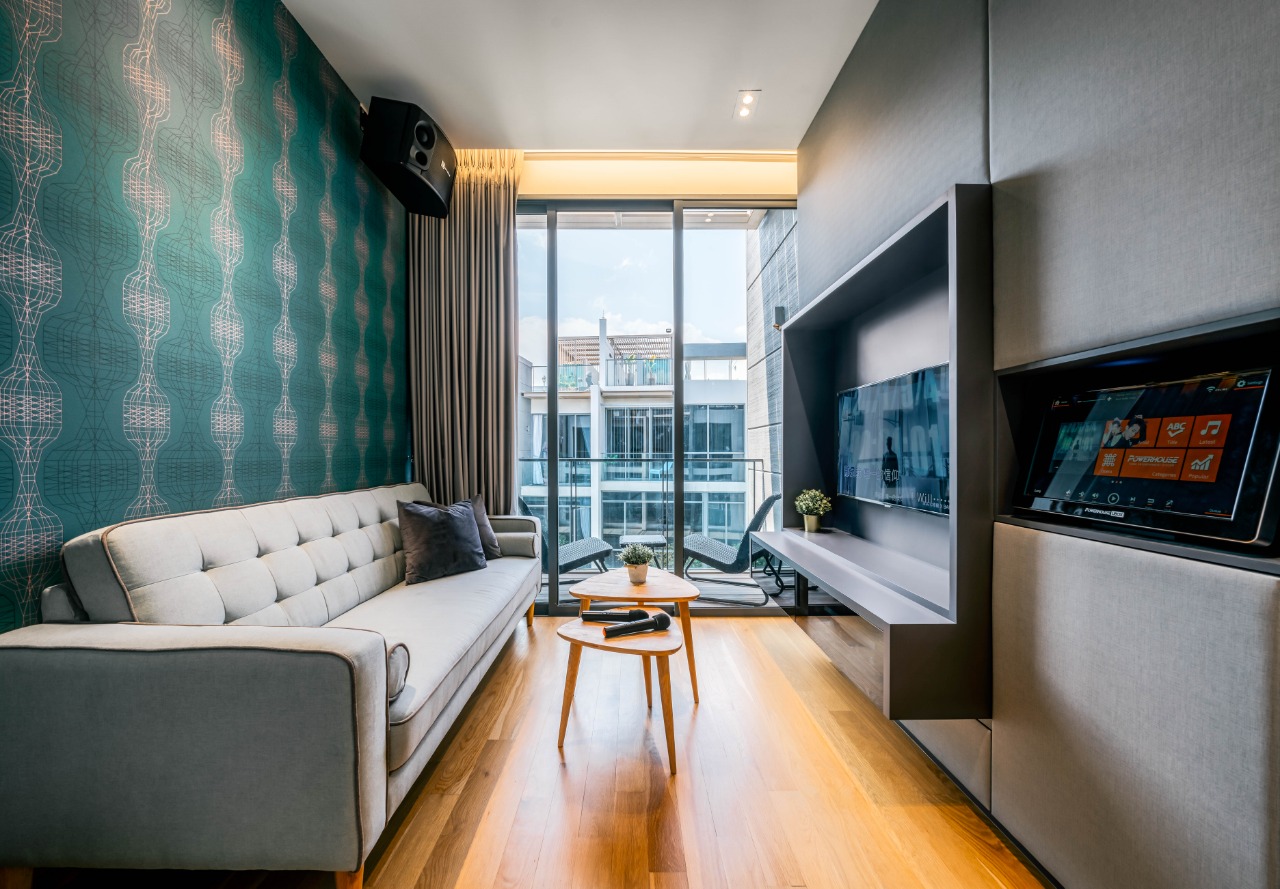INTRODUCTION
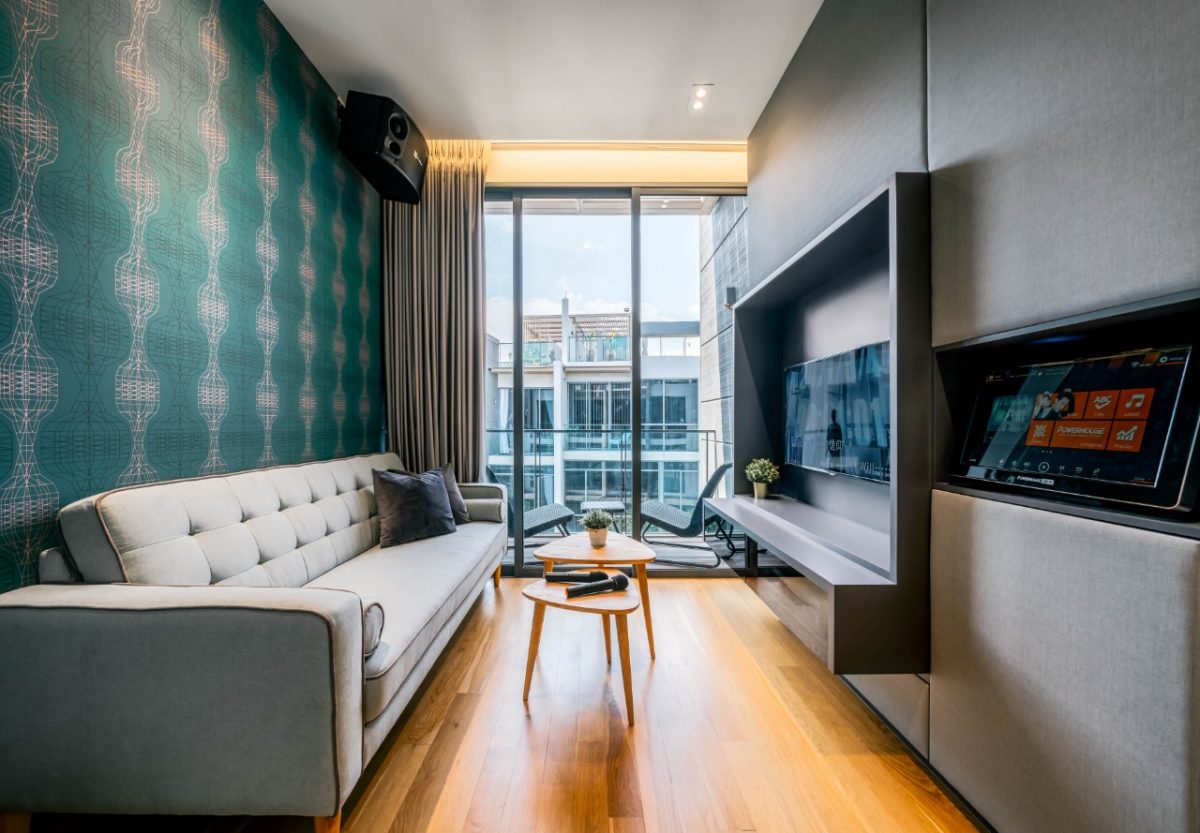
Windows are in no doubt one of the defining features of a house. And curtains on the other hand is considered the cherry on top. Without curtains, a house can appear plain and boring. However, note that the style, color, material, and types of curtains you will use can either make or break the interior design of your home.
Curtains are basically the dress that your house wears. It’s more than just a window treatment. It is a statement design feature and an ambient-creating element that defines the aesthetic appeal of your interior.
That is why choosing the right curtain for your home can be challenging and a little overwhelming. But we’re here to help you out. This article will walk you through the different types of curtains to help you decide which curtain would be perfect for your home.
Let’s Talk About The Different Types of Curtains
Their Material, Characteristics, and Function
Keep in mind that the materials that curtains are made of, and how they are designed play a huge role in the overall style of your home. It’s important to know more about them because their qualities and features determine the amount of light, heat, and noise that will penetrate a certain room or area of the house.
So, what are these types of curtains? And what are their characteristics? Let’s take a deep dive.
1. Sheer
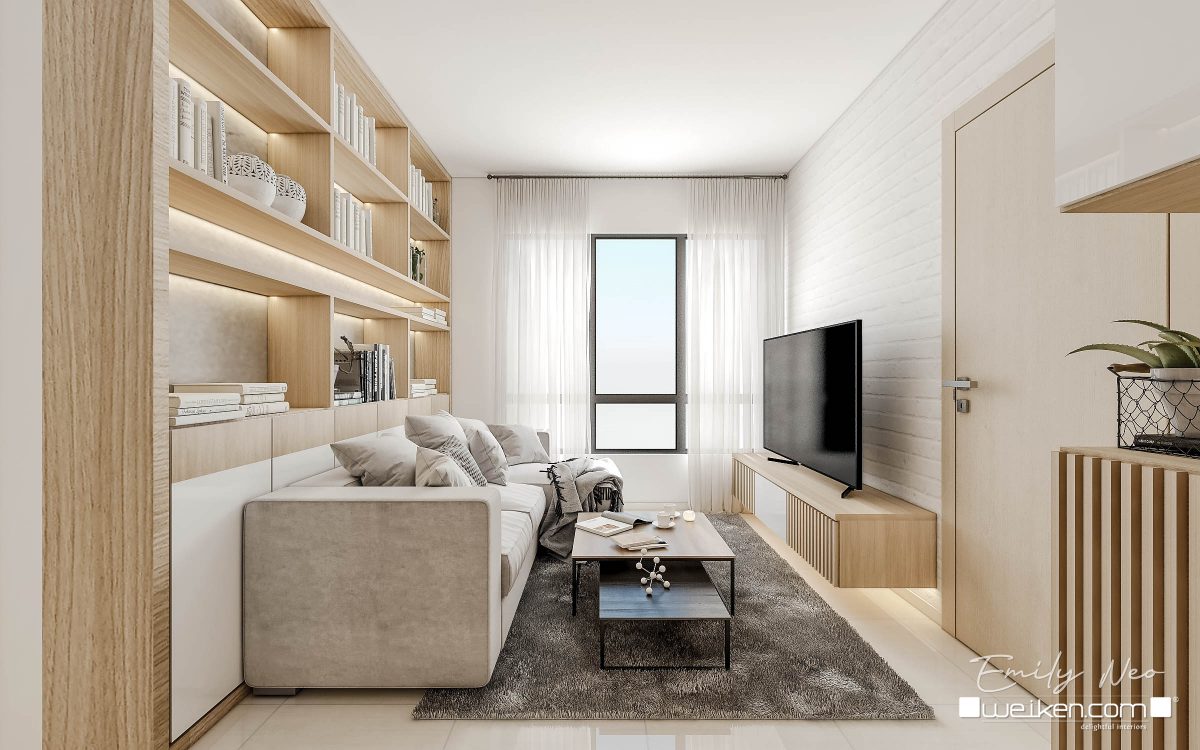
Sheer curtains are characterized as light, smooth, and breezy. Because it is made up of thin polyester fabric, sheer curtains are semi-transparent and are very lightweight. This is the type of curtain that gracefully dances across the space whenever the wind blows.
Sheer curtains are not designed to create privacy so it is ideally used in open planned spaces with huge windows. Most particularly in living rooms, beach house bedrooms, and the likes. Its key function is to induce a subtle yet alluring ambient to the space by faintly allowing natural light throughout the interior.
2. Blackout curtains/drapes
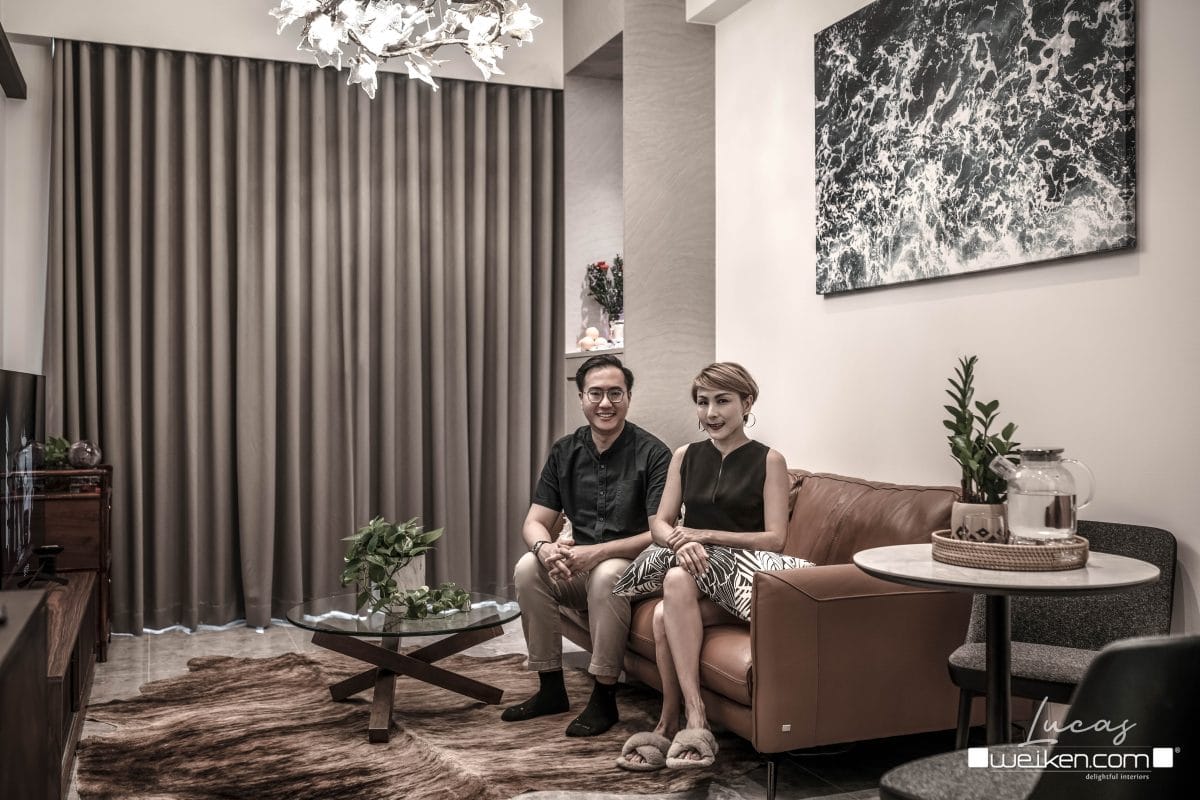
Unlike sheer curtains, blackout drapes are designed to offer privacy. Blackout curtains are made of thick and heavy fabric which completely blocks the light from entering the space. This type of curtain is typically found in home theaters, bedrooms, and living rooms with floor-to-ceiling windows.
The blackout curtain fabric is backed with a liner which makes it great in absorbing noise and reverberations. If your window is facing the street, having a blackout curtain in place will help regulate the noise.
3. Semi-Opaque Curtains
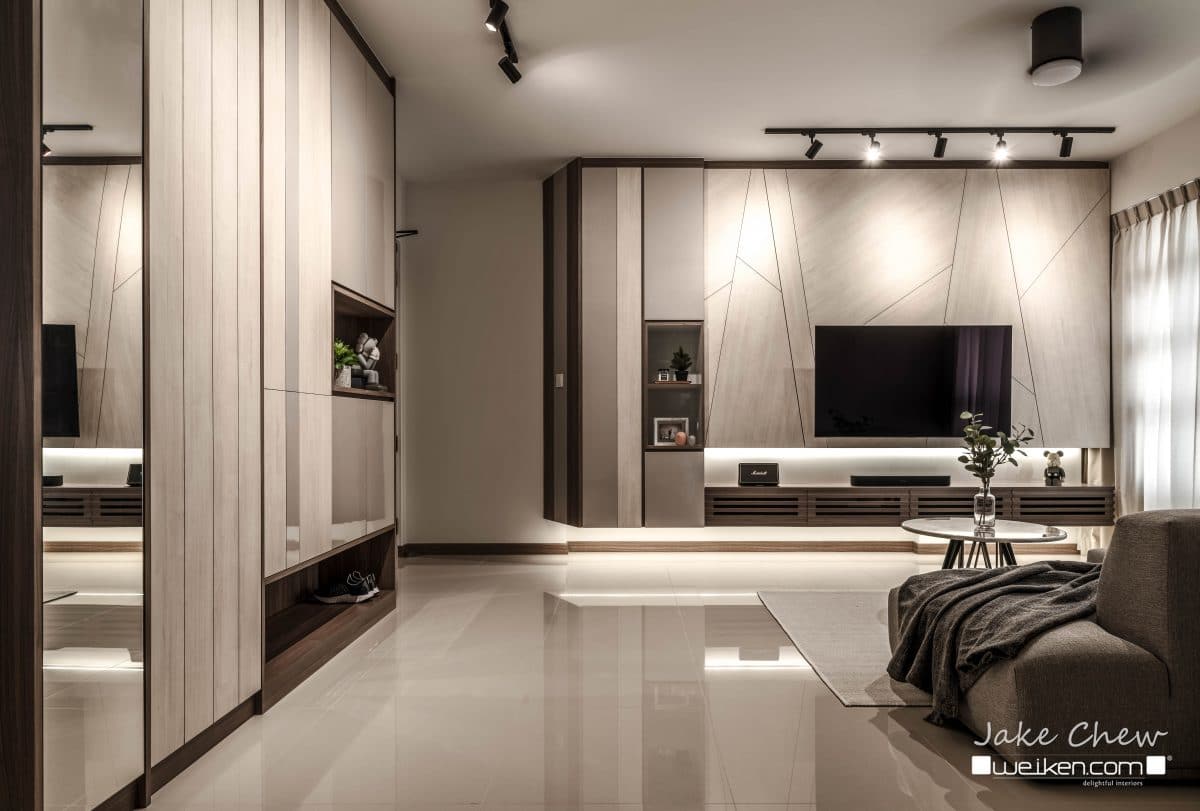
Semi-opaque curtains are less transparent than sheer curtains but thinner than blackout curtains. Simply put, semi-opaque curtains are blackout and sheer curtains combined. It’s basically in the middle ground.
This type of curtain offers enough privacy and still allows light to stream through even when the curtains are closed. Semi-opaque curtains are commonly used in spaces with a modern and minimalist design.
Types Of Curtains with Hooks
We now know that curtains differ in style, length, color, and function. The next step is to assess what interior style you want to achieve and what your primary purpose is when shopping for curtains. Is it to block sunlight and heat? Or is it merely for décor and aesthetic appeal?
Take a look at the different types of curtains with hooks to know what better suits your space.
1. Inverted Box Pleat Curtains
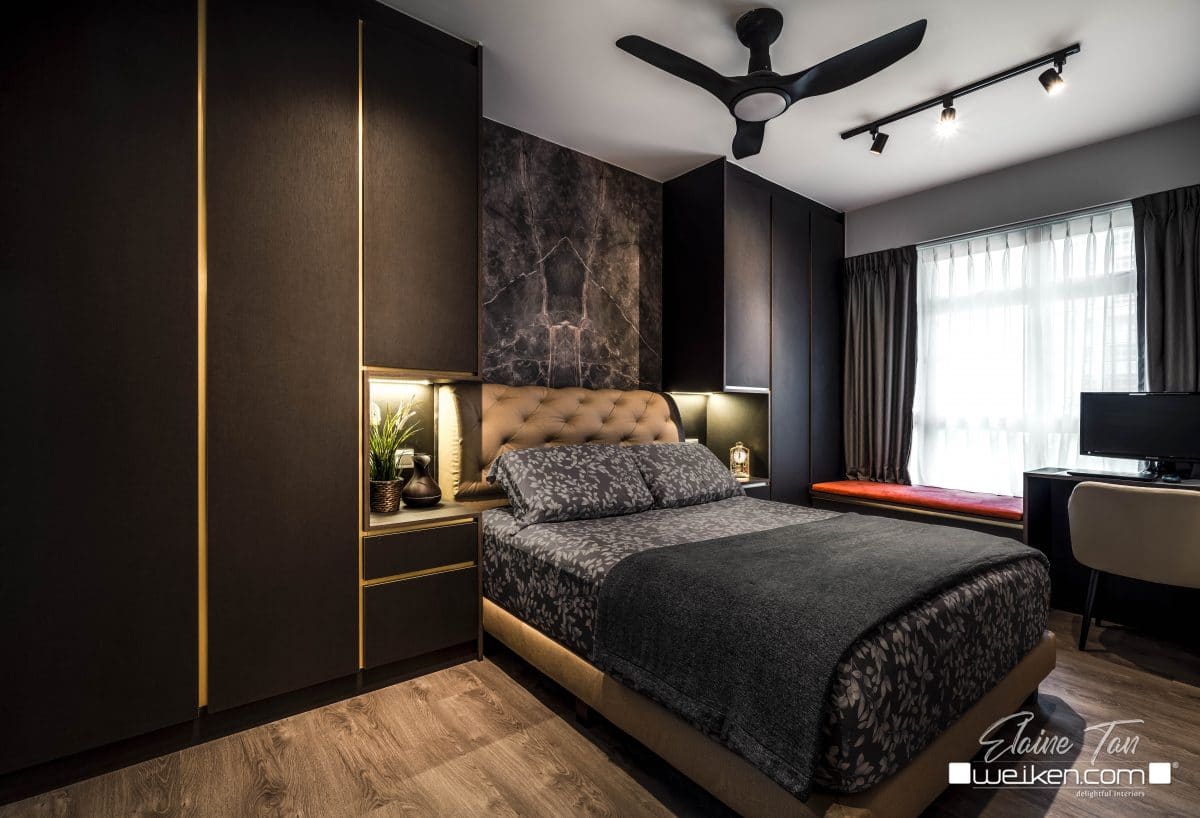
Inverted Box Pleat Curtains are characterized by folds that run straight across the entire length of the fabric. To hang this curtain, a drapery hook is attached to the eyelet curtain ring. Box pleat curtains have a tailored and sleek appearance suitable for large floor-to-ceiling windows.
2. Goblet Pleat Curtains
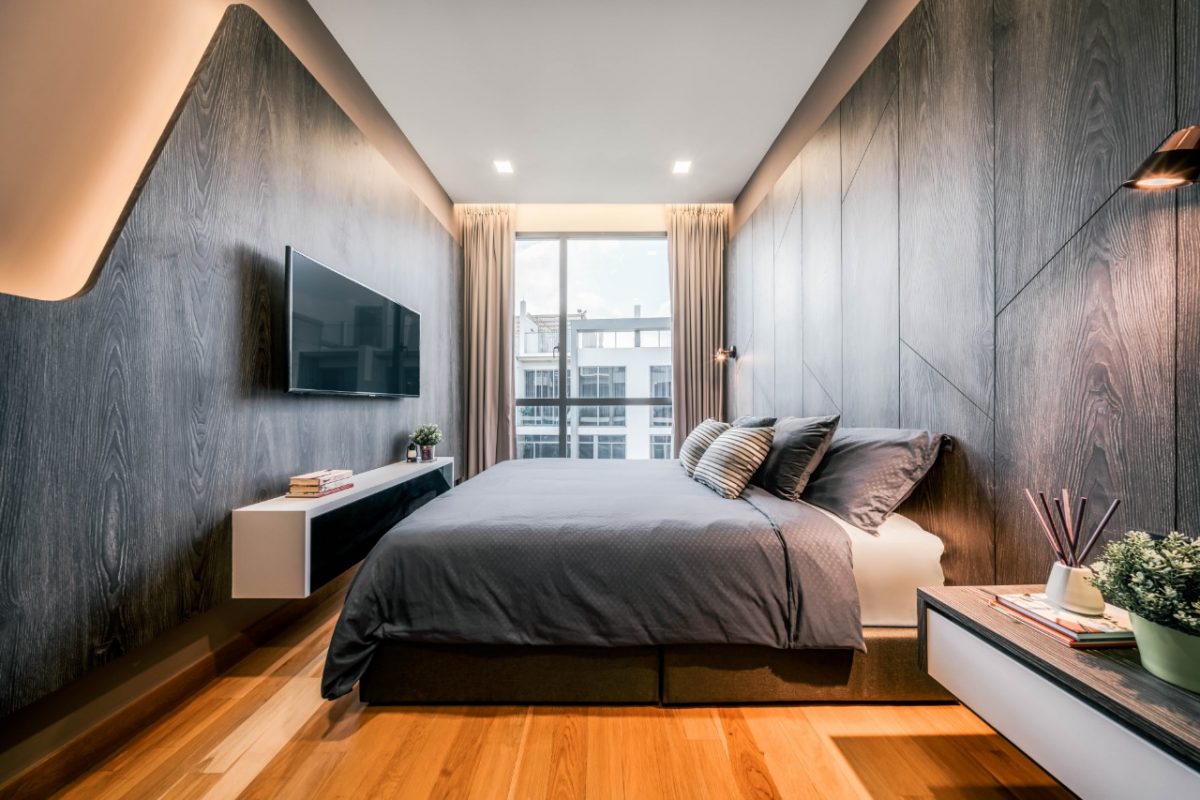
Goblet pleat curtains are named such because they resemble that of a goblet or a wine glass when hanged. This type of curtain is ideal for homes with a classic and elegant interior design. They are commonly used to decorate or highlight a significant window feature.
3. Grommet Curtains

Grommet curtains or eyelet curtains have rings in the header to support the panels. The rings make the curtain easier to open or close which makes it an ideal window treatment in areas where windows are used more often.
You can hang grommet curtains in bedrooms and living areas with a modern or contemporary style. However, keep in mind that the rod will be visible through the grommets so you need to make sure that it matches the curtain design.
4. Pencil Pleat Curtains
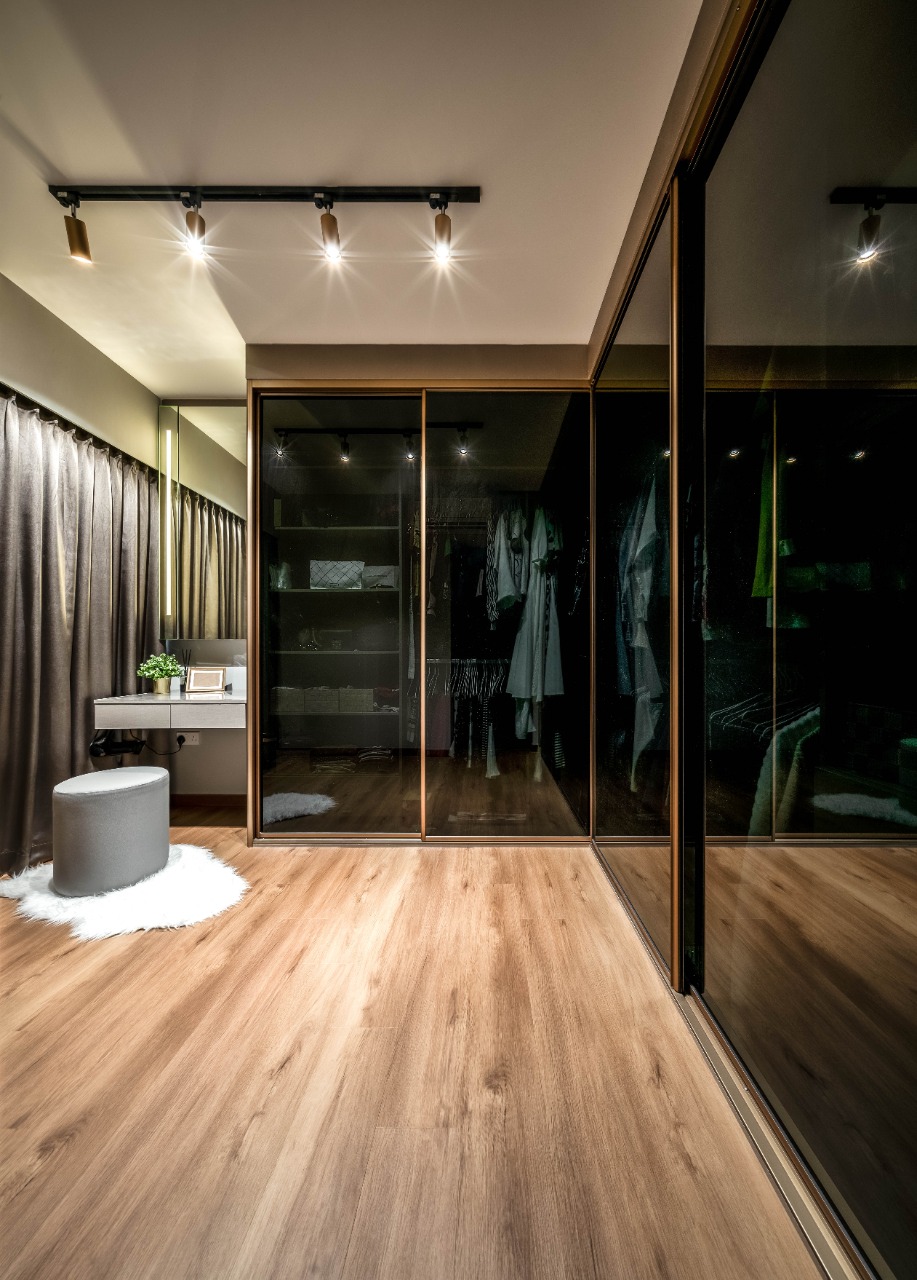
Compared to box pleat curtains, the folds of the pencil pleat are tightly drawn together creating thin straight lines in the curtain header. But the pleats don’t continue across the length of the fabric. Instead, from the tightly packed folds, the fabric falls freely in a more unconventional way.
Pencil pleat curtains are perfect for living rooms, dining rooms, and bedrooms with a modest yet stylish contemporary look.
5. Pinch Pleat Curtains
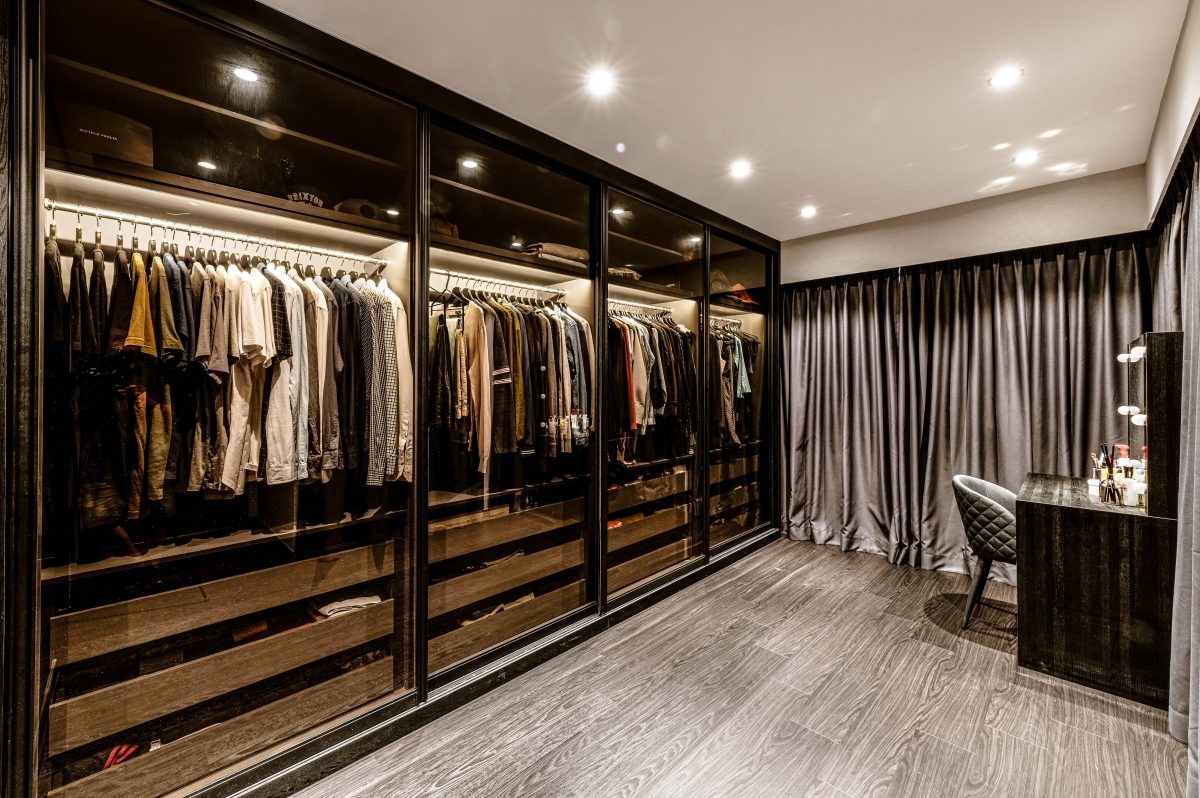
Pinch pleat curtains have uniformed folds that create a streamlined appearance from the header and throughout the overall length of the curtain. You can stitch two-finger pleats or five-finger pleats. It depends on what you think would look appropriate or visually appealing.
6. Rod-pocket Curtains
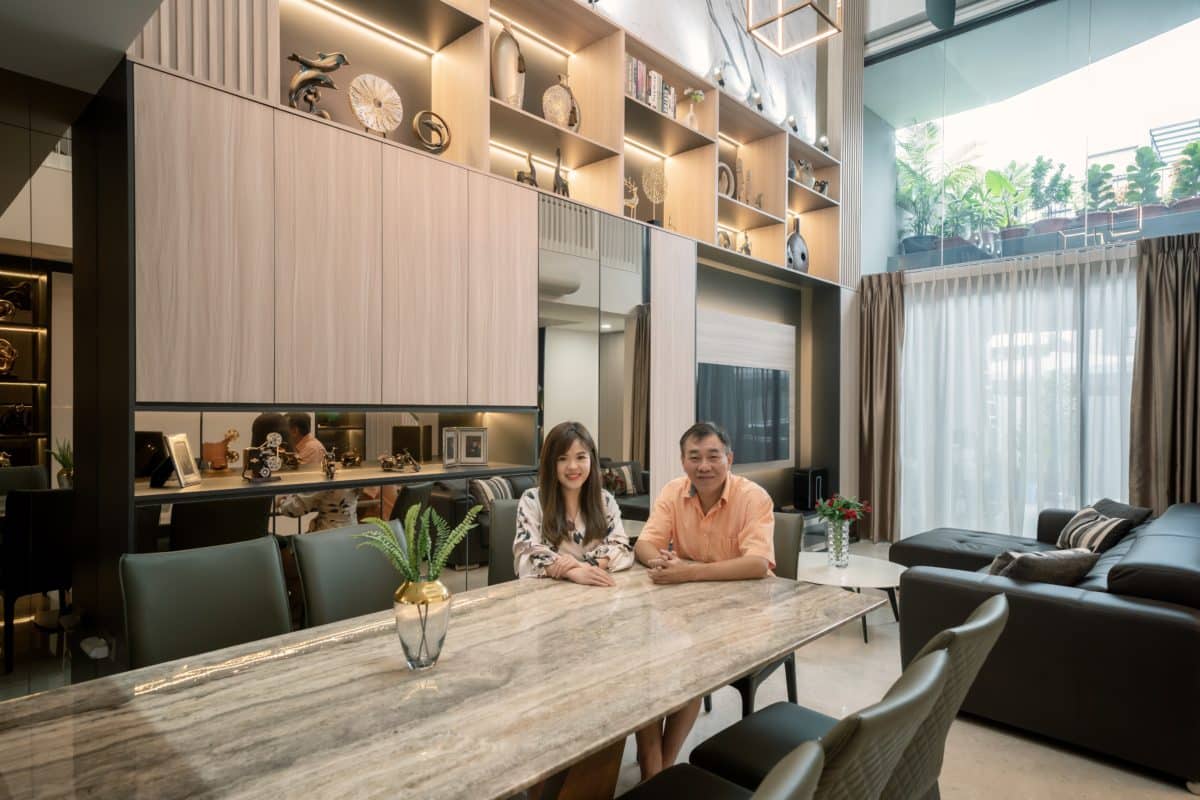
A rod-pocket curtain is the type of curtain that is very easy to assemble. You only need to slip the curtain rod through the pocket and hang the curtain! Rod-pocket curtains are usually made of lightweight cotton or sheer fabric.
However, because the curtain is directly inserted into the rod, it might not be easier to draw them. So, they’re best suited in windows that don’t need to be opened or closed frequently.
7. Tab-top Curtains
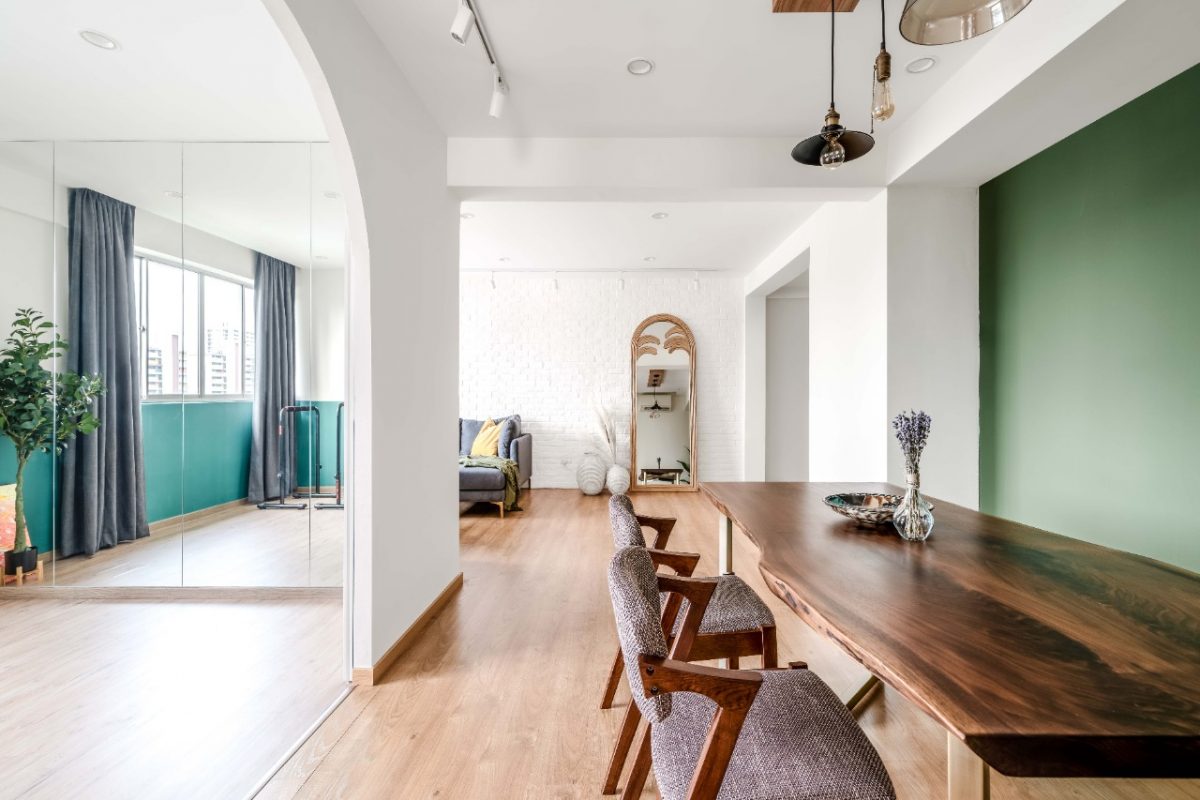
Tab-top curtains borrow the same features of a rod-pocket curtain and an eyelet curtain. Similar to rod-pocket, the curtain is also slipped directly into the curtain rod but through loops or rings of fabric that are attached from the top seam of the curtain header.
Due to its design, tab-top curtains are easier to open and close. It’s the type of curtain typically found in bathrooms and dressing rooms. Tab-top curtains also appear stylish and eccentric which never fails to add a bit of charm in homes with a shabby chic or farmhouse interior vibe.
8. Window Scarfs
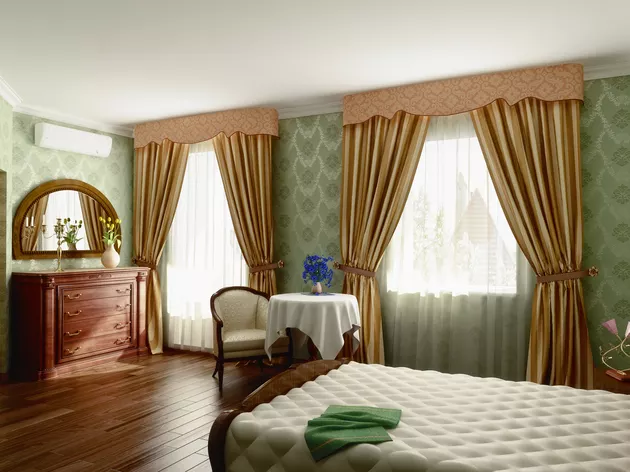
Also called scarf valances or window toppers, window scarfs are considered a classic. Unlike curtains that are inserted or attached with hooks to the rod, a window scarf is coiled around the rod to create an artistic frame to the window.
You can hang the fabric from the top of the window down to the floor or keep it on the level of the window sill. Because you can’t draw a window scarf-styled curtain, it is naturally used to decorate the space.
Reading this article probably feels like you’re curtain shopping. But way better since you get to know a little more about the different types of curtains. And with all the information and ideas that you get, you can now confidently decide which curtain best suits your windows. So, draw the curtains and take off that old blinds because it’s time to dress up your home, and give it a glamorous look with the perfect curtains!
Need more advice on how to decorate your home with curtains? Leave a reply below!
